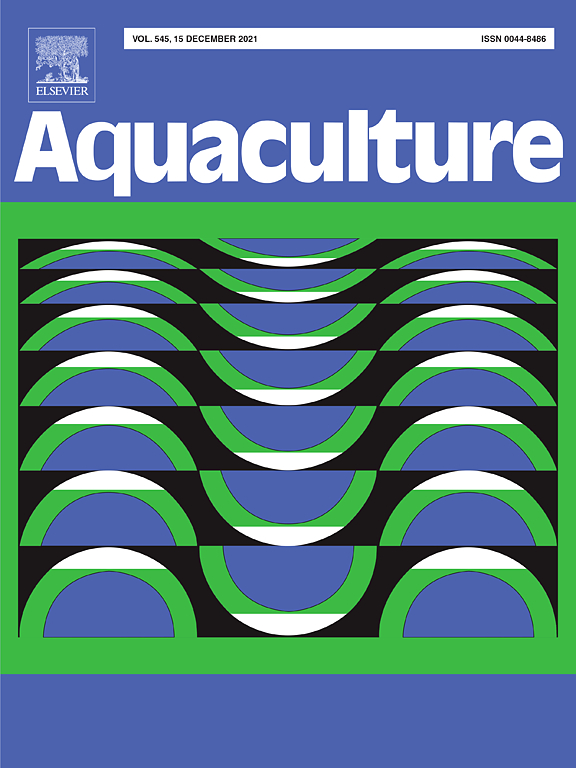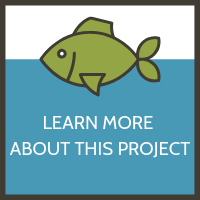
Authors: Md. Emran Hossain, Md. Akhtaruzzaman Khan, Sourav Mohan Saha, Madan Mohan Dey
Abstract
Carp polyculture emerged as a promising practice for the development of aquaculture in Bangladesh in recent years. However, the economic potentiality of carp polyculture relied on the profitability and inputs use pattern. Therefore, this study investigated the economic viability of carp polyculture farming, particularly focused on profitability, profit sensitivity, economies of scale, and liquidity. A survey was conducted using a structured questionnaire to gather cross-sectional data, which included 183 randomly selected carp polyculture farmers from five districts in Bangladesh. Descriptive and econometric analysis was adopted to evaluate the economic performance of the carp polyculture system. The results showed that feed was the most important production input since it accounted for a major share of operating costs (57.3%). Freshwater carp polyculture farming was generally found profitable, although the profit was considerably sensitive with the alteration of feed price and fish price. Economies of scale were evident in this study, where the farm operated in economies of scale had lower productivity but greater cost efficiency. However, some inputs were inefficiently used by the diseconomies scale of farms, which led them to loss of return even though they had higher productivity. High cash flow coverage ratio due to higher yield strategies and low debt-servicing ratios were found, indicating lower liquidity risk for carp polyculture farming. Based on the present findings, it is suggested that farmers should pay more attention to the efficient use of inputs to facilitate a greater cost efficiency, continual cash flow, and sustainable increase in fish production.
Read the full publication at https://doi.org/10.1016/j.aquaculture.2021.737552.
Published October 6, 2021

